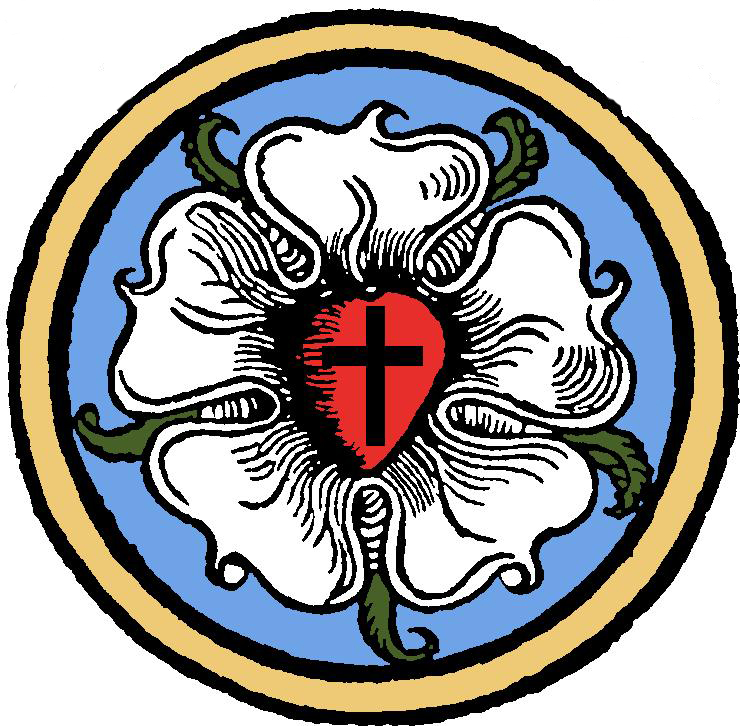Episodes

Monday Aug 14, 2023
Bible Study - Revelation 1-3 Part 4
Monday Aug 14, 2023
Monday Aug 14, 2023
Last week, we looked at part of the initial vision that the apostle John received, as recorded in Revelation 1:10-18. It was a vision of the risen, ascended Lord Jesus Christ, in glory in heaven. It had many similarities with the vision given to Daniel, in Daniel 7:13-14, predicting the glorious return of Jesus to His Father after completing His saving work on earth. His appearance is much like that of the Ancient of Days, the Father, pictured in Daniel 7:9-10. This shows His oneness with God the Father and reflects the idea of the Trinity, which becomes clearer and clearer in the New Testament.
Note also that the risen Christ has “eyes like a flame of fire” and “feet like burnished bronze, refined in a furnace,” and “a voice like the roar of many waters.” This sounds somewhat like the heavenly figure that Daniel sees in Daniel 10:5-6, too. This seems to be an angelic figure, who is fighting evil along with Michael the archangel, and some think, along with God the Son, too, before He took on human flesh to do His saving work on earth. The angelic figure had a face that had the appearance of lightning (Daniel 10:6). The risen, glorified Lord Jesus in heaven has a face “like the sun shining in full strength” (Revelation 1:16).
God the Son, of course, had that glory from all eternity, but “emptied Himself,” and became a humble human man (Philippians 2:5-8) in order to do His saving work for us. He was still God, as well, but sinful people on earth only saw tiny glimpses of His full glory, as on the Mount of Transfiguration (Matthew 17:2). They could not survive, seeing His full glory on earth. Notice how Peter, James, and John fell with their faces to the ground (Matthew 17:6); and even John in the vision did the same (Revelation 1:17). Think about how dangerous it would be for you to stare at the sun, even though it is so far, far away.
A predominant color in these visions and in Revelation 1 and other places in Revelation is the color “white.” “White” symbolizes purity and holiness. (See Isaiah 1:16,18.) Notice how many times in the New Testament Jesus is called “the Holy One” or “the Holy One of God.” See, for example, Mark 1:24, Luke 4:34, Acts 2:27, Acts 3:14, Acts 13:35, (Psalm 16:10), and Hebrews 7:26. We have already heard that Jesus “has freed us from our sins by His (cleansing) blood” (Revelation 1:5). We also know that Jesus needed to be without sin all His life, in order to be a perfect substitute for us, in life and in death (Hebrews 4:15).
John also saw in his vision that from the mouth of Jesus came “a sharp two-edged sword.” Other Scripture tell us that the primary tool that God uses with us is His Word, and the same image is used a number of times. The “Servant of God” in Isaiah is clearly a prediction of Jesus our Savior, and the Servant says, “He (the Lord) made My mouth like a sharp sword” (Isaiah 49:2). Paul reminds us of “the sword of the Spirit, which is the Word of God” (Ephesians 6:17). The writer to the Hebrews said, “The Word of God is living and active, sharper than any two-edged sword, piercing to the division of soul and of spirit, of joints and marrow, and discerning the thoughts and intentions of the heart” (Hebrews 4:12).
“Through the Law (of God) comes knowledge of sin.” The Law exposes us as who we really are: poor, miserable sinners, compared with the Holy Lord (Romans 3:19-20, Hebrews 4:13). “The Gospel,” in contrast, “is the power of God for salvation to everyone who believes… For in it the righteousness of God is revealed from faith for faith” (Romans 1:16-17). There is our hope, and even our faith is a gift, given and worked by God through His Word.
The risen, living Lord Jesus then touched John with His right hand, representing His power and compassion for him, and said, “Fear not.” (You can stop being afraid, John) (Revelation 1:17). Then we hear nothing more about John in this first vision, other than that he was to write down what he had seen, about both present and future things (Revelation 1:19). The important One, in this vision and throughout the Book of Revelation, is not John but the Lord Jesus.
He is the living one, who died for us, but is risen and “alive forevermore.” He is also “the living one,” the essence of what true life really is all about. Other so-called gods and goddesses are dead, not alive, but the Lord Jesus is “the living one,” one with God the Father of the Old Testament of whom it is said, “The living God is among you,” as the Israelites entered the Promised Land (Joshua 3:10). The Psalmist wrote, “My soul thirsts for God, for the living God… My heart and flesh sing for joy to the living God” (Psalm 42:2 and 84:2).
This is the one True God: God the Father, “the Living God,” and God the Son, our Lord Jesus Christ, the “living one,” and as we shall see in Revelation Chapters 2 and 3, God the Holy Spirit, as well, who also inspires and works through the same “Word of God and the testimony of Jesus Christ” (Revelation 1:2 and 2:7). “He who has ears to hear, let him hear what the Spirit says to the churches.”
This same One true God also has the keys of Death and Hades (which can also mean “Hell”). The Lord had asked Job long before, in the Old Testament, “Have the gates of death been revealed to you, or have you seen the gates of deep darkness (Job 38:17)? Job did not know just how the Lord God could deal with death and deep darkness, but by faith he knew that God could take care of all this. By God’s power, he had prophesied about Jesus, the coming Savior, “I know that my Redeemer lives, and at the last He will stand upon the earth. And after my skin has been thus destroyed, yet in my flesh I shall see God, whom I shall see for myself” (Job 19:25-27).
The New Testament, then, tells us that Peter said to Jesus, “You are the Christ, the Son of the Living God” (Matthew 16:15-16). (Note again the connection Peter makes between Jesus, the living one, and God the Father, the living God, that was already talked about in the previous paragraph.) Jesus said right away that “Peter was blessed, because flesh and blood had not revealed this connection to him.” He had not figured this out by his own power and wisdom, and no other human being had told him this.
This was revealed to him by God the Father, who is in heaven (Matthew 16:17). It was on this Rock, not Peter but the confession and belief that Jesus was the Promised Savior, on which the church would be built (Matthew 16:18). Jesus Himself said it, “I am the Way and the Truth and the Life. No one comes to the Father except through Me” (John 14:6).
Paul also wrote, “Death is swallowed up in victory. O death, where is your victory? O death, where is your sting? The sting of death is sin, and the power of sin is the law. But thanks be to God, who gives us the victory through our Lord Jesus Christ” (1 Corinthians 15:54-57).
Christ, whose saving work gives us the gift of forgiveness and new life, is the key to eternal life. Jesus then gave to Peter and to the other disciples and the church the “Office of the Keys,” where the church can declare God’s forgiveness of sins to people and withhold forgiveness when people are not repentant and/or persist in unbelief (Matthew 16:19, 18:15-18, and John 20:21-23). What God always wants to do, of course, is to forgive sins. That is why Christ died for us all. People can resist and reject Christ and that forgiveness, though.
There is still more in Revelation 1, but we will stop for today. Next week, we will hopefully finish Chapter 1 and get into the specific letters to churches. The Lord’s continued blessings. May the Lord help you to be confident in Christ and His love for you always.


No comments yet. Be the first to say something!